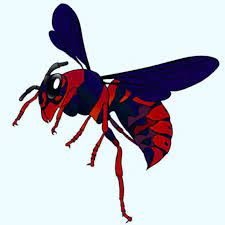Shelby DeHaven, ‘Doah Managing Editor
September 4, 2013

Photo credit: Shelby DeHaven
Junior Kelly Scott signs a pillar that will become part of the structure for the new Health & Life Sciences Building, expected to open in Fall 2014.
On Thursday, Aug. 22, Shenandoah University held a foundation celebration for the new Health & Life Sciences Building beside the construction site.
While the groundbreaking celebration was held in early June, the foundation celebration gave the students a chance to celebrate the new building along with administration, board of trustees and other honored guests.
The brief ceremony began with a speech from the chair of S.U.’s board of trustees, Andrew Ferrari. Ferrari stated that the new building will lead to a “new trajectory” for the students in the health and life sciences programs much like Ohrstrom- Bryant Theatre, Ruebush Hall and Halpin-Harrison Hall has done for both Conservatory and business students.
The other speakers discussed the many benefits the building offers for the university, faculty, professors and most importantly, the students. Kathryn Ganske, dean of the Eleanor Wade Custer School of Nursing, discussed numerous benefits the new building will have for the nursing students, including allowing the undergraduate students to observe graduate students, the state-of-the-art labs and equipment, and being able to be a part of main campus.
University President Tracy Fitzsimmons was happy to announce that due to the generous support of the donors, the construction of the largest — and most expensive — building on campus will be done without “taxing the operating budget one dime beyond where it already is.”
The celebration concluded by having those in attendance sign one of the building’s beams and forever leave their mark on a Shenandoah University building.
The 71,000 square foot Health & Life Sciences Building will become the new home of the athletic training, biology, chemistry, nursing, respiratory care and pre-health programs.
Set to open in the fall of 2014, the building will contain numerous academic spaces, including a 2,000 square foot cadaver lab.
Categories: Home
